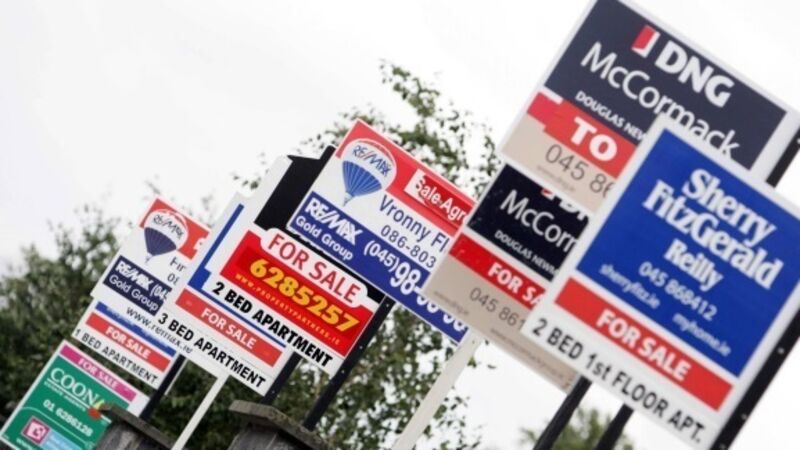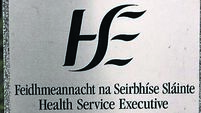House prices climbing but inflation cooling off

House prices are now 59% higher than at the lowest point of the economic crash.
The latest house price survey released by property website Daft.ie shows prices are continuing to climb, though inflation is cooling in some parts of the country as supply begins to increase.
House prices rose by 2.9% in the first three months of the year, according to the Daft.ie report.
The national average price in the first quarter of the year was €261,000, up 5.9% on the figure for the same period last year.
Nationally, the average asking price reached its lowest point in the third quarter of 2013 and has risen 59.1% — or just over €97,000 — since then.
In Dublin, prices reached their lowest point in the second quarter of 2012 and have risen by an average of 74% — or €163,000 — since that time. In four Dublin postal districts, prices have doubled in that time.
The increase in prices has been smallest in Donegal, where price bottomed out in early 2014 and have since risen by 28%.
Every single market in the country saw an increase in average price in the first quarter of the year. This is partly attributed to the seasonal nature of the housing market with sales picking up between January and March after a Christmas lull.
In Cork city, prices increased to an average of €282,518, an 8% increase on the same period last year.
In Cork county, prices are up 6.3% to €226,728. Prices in Waterford city increased by 10.3% to €181,948, with Limerick city (11.4%), Galway city (9.9%) and Kerry (6.7%) all experiencing significant increases too.
In Dublin, the market is rising but at a slower rate. Inflation was at 4.1% for the entire Dublin market. Prices in Dublin 2 and 4 are flat, while Dublin 6 and West Dublin are only 1% higher.
A significant increase in supply is causing the slowdown in inflation in Dublin. Availability in Dublin increased by 40% year-on-year. Outside Dublin, the increase is just 5% and much of this is concentrated in the Leinster area. There were 5,600 properties for sale in Leinster in March, a 19% increase in comparison to the same month in 2018.
In contrast, there was just a 2% increase in the number of properties on the market in Munster. While it was the sixth month in a row that levels increased, they remain too low to stem inflation in Munster.
Available stock in Connaught and Ulster is actually declining. There were 5,200 properties on the market in March, 3% fewer than this time last year. And the impact of the shortage is clear: in Leitrim, Cavan and Galway city, year-on-year inflation was approximately 10%. Galway city is now seeing average prices of €300,457.
Ronan Lyons, economist and author of the report, said that the decrease in inflation in Dublin is likely to continue as supply increases.
The Dublin market shows a big improvement in availability and a cooling off in inflation.
"With completions set to increase in coming quarters, a period of much more moderate inflation — at least in Dublin — appears likely,” he said.
“Housing prices are the result of demand and supply. To cool down inflation elsewhere in the country, new homes will need to be built.”













